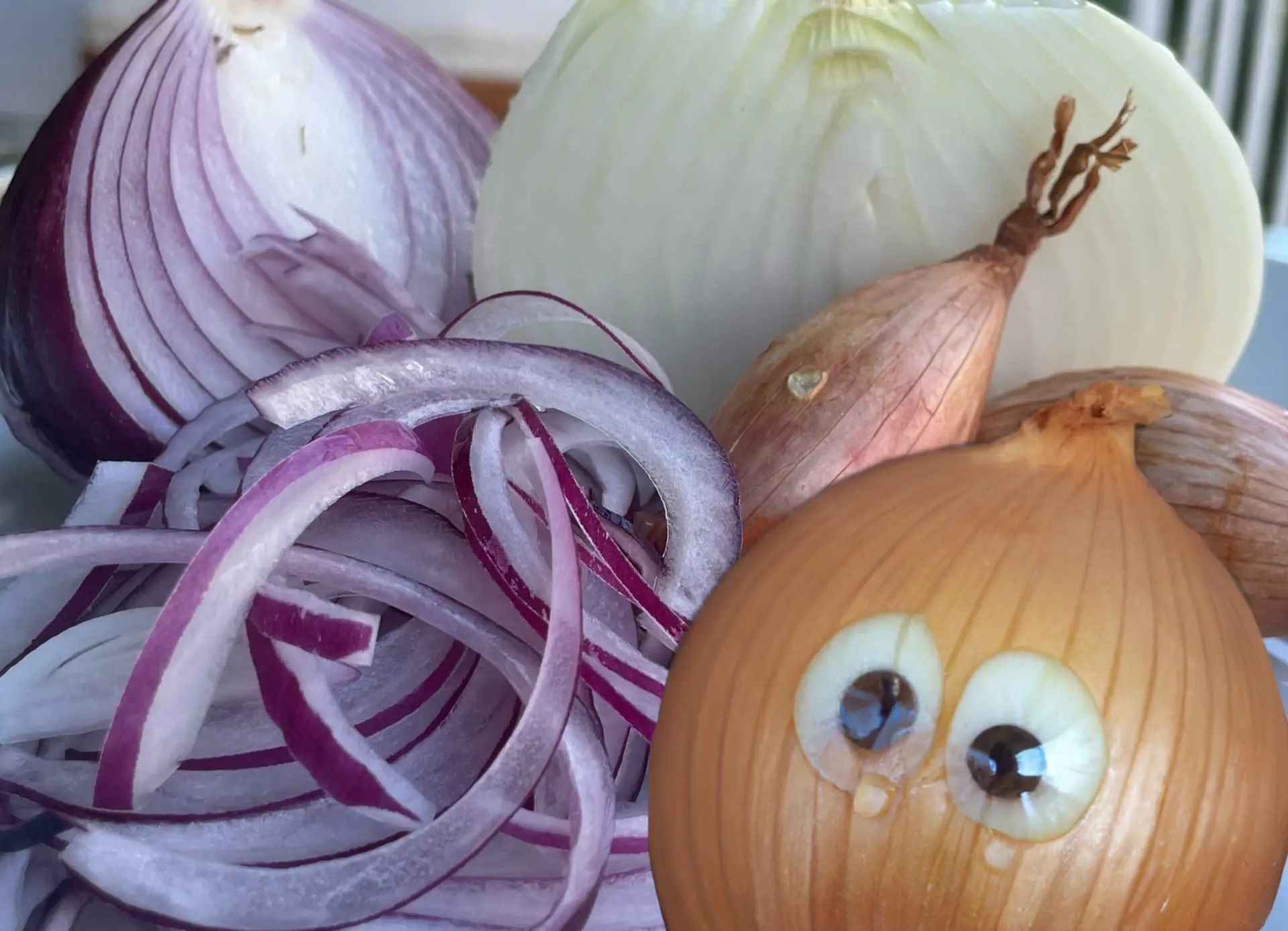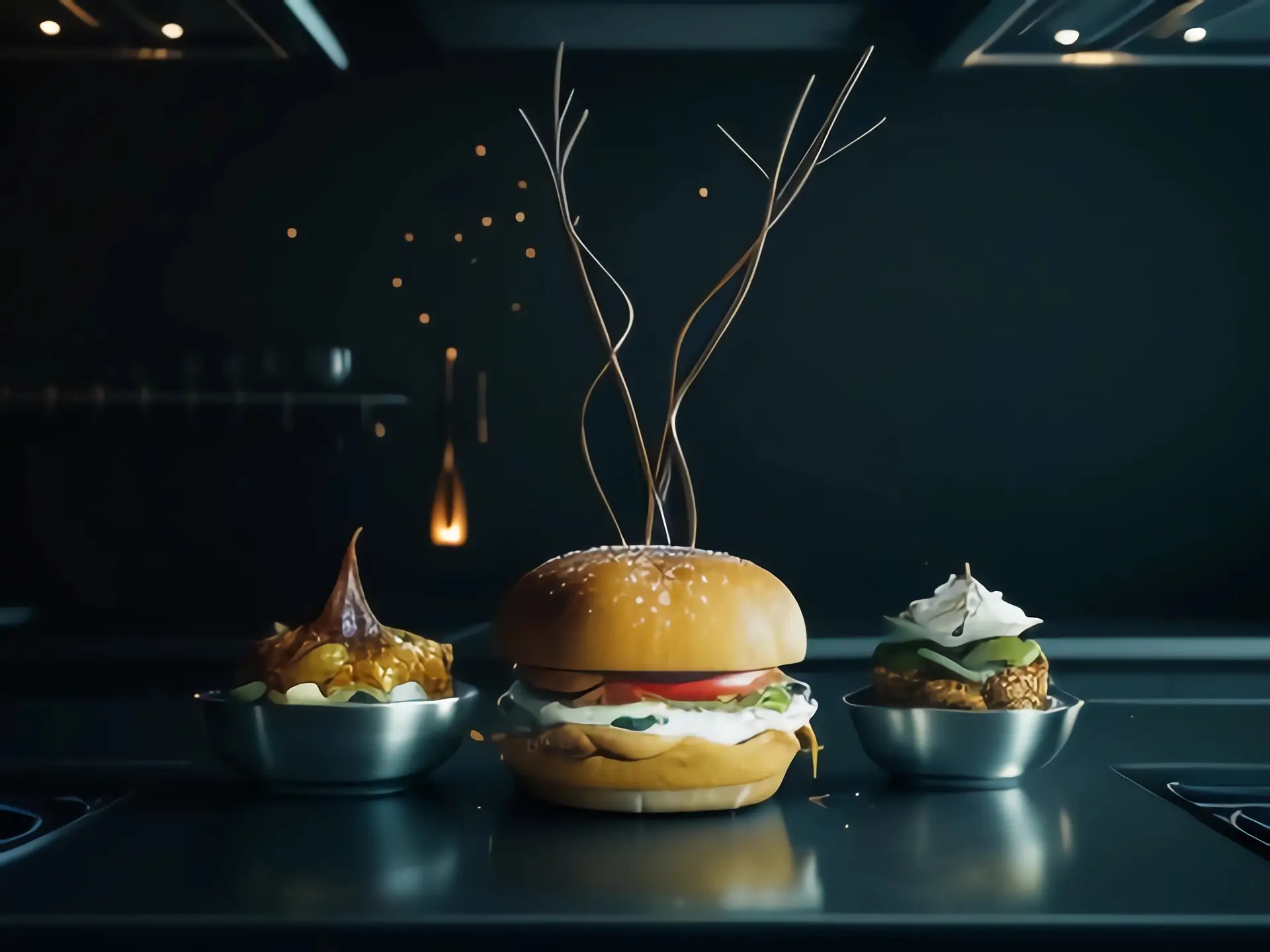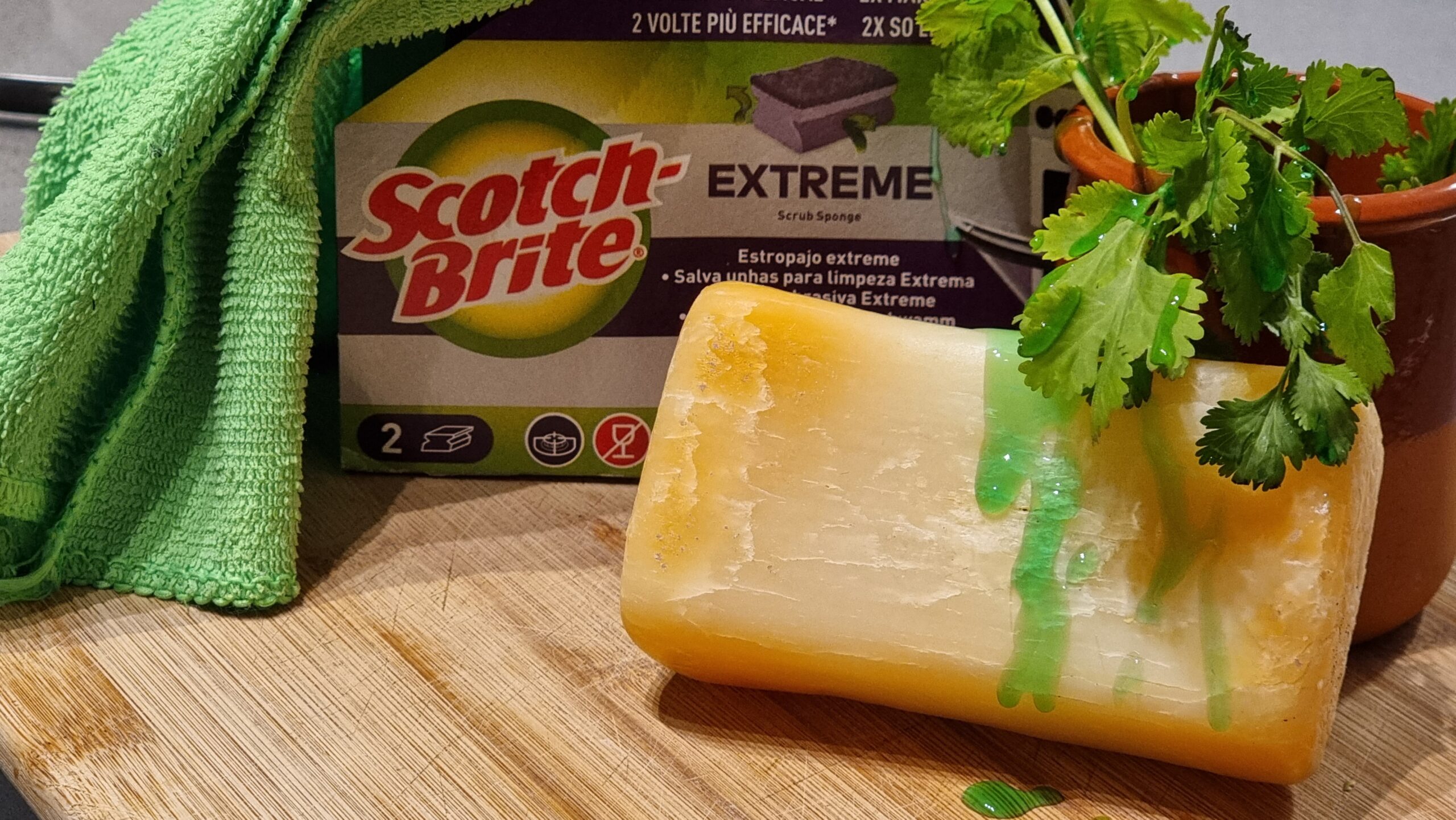Ways to impart flavors to food.
Curnonsky, dubbed the Prince of Gastronomy, was the most celebrated writer on gastronomy in France in the 20th century, said this phrase observing his surroundings and due to his massive number of meals in the best restaurants. This phrase has been adopted willingly or unwillingly (who knows!) by people who promote authenticity in cookery, but does it really make any sense? Isn’t the role of a cook to convert the food items with the purpose of creating or rather recreating traditional recipes/tastes and/or inventing new ones?
If the major goal of cooking is to produce specific flavors/tastes, the question that comes up is “how to incorporate them into the dishes?” well the answer is, it can be done in two ways, either add that particular flavor (compound/molecule) or organize some reactions for those molecules to be formed themselves. The former is used extensively both in the processed food and perfume industry by the use of “natural extracts” and “synthetic molecular solution”. For the creation of these concoctions, we need those “noses” of the perfume industry to carry out all the monitoring and analysis and distillate the results of the perception by the audience. Cooks and chefs are understandably reluctant to use these products because more often than not using original ingredients give richer and certainly more varied aromatic results than the artificial one. But just because of this should we completely eliminate the use of these solutions or mixers completely? This would mean being blind to the possibility of broadening the opportunity to sense more flavors than those that might be possible only with “traditional cooking”. Why not add only something that lacks in a dish that we desire, like reinforcing the green notes of olive oil in a mint sauce or adding i-octen-3-ol to accentuate the mushroom or mossy aroma in a meat dish (op. cit. This, 2002).
Cooks know that cooking transforms the tastes of their creations, but surprisingly agree with the aphorism of Curnonsky, with their inseparable ally called fire, but chemistry can help them make the most out of it. For example, one can easily change the flavor of caramel by heating it to different temperatures and, what is more, they can even change the sugar, it’s well known that fructose caramel tastes different than that of sucrose or that of glucose or that of galactose. Or maybe, if your wine is insufficiently rich in aromatic molecules you can add glucose to it before reducing it au sec, for your bearnaise or whatever, you will get a glucose caramel which will improve the flavor of the sauce or the dish.
The possibilities of chemistry are unlimited. our kitchen shelves hold a great many nearly pure ingredients: sodium chloride, sucrose, triglycerides (in oil), ethanol, acetic acid, and so on. And the shelves of our libraries or amazon in my case contain a great many chemical treatises that perfectly describe the reactions of these molecules. The challenge is to apply this knowledge in order to create flavors or maybe even new flavors. And as far as the authenticity in cooking is concerned, in my opinion, cooking is a completely artificial process and if we want naturalism in our food, maybe we should stop cooking and start eating everything raw in its “natural” state.
References:
This Hervé & DeBevoise M. B. (2006). Molecular gastronomy : exploring the science of flavor. Columbia University Press.







